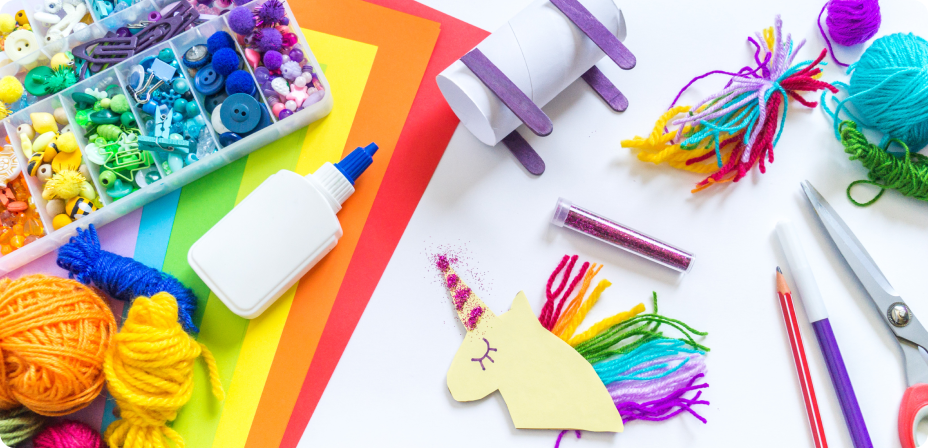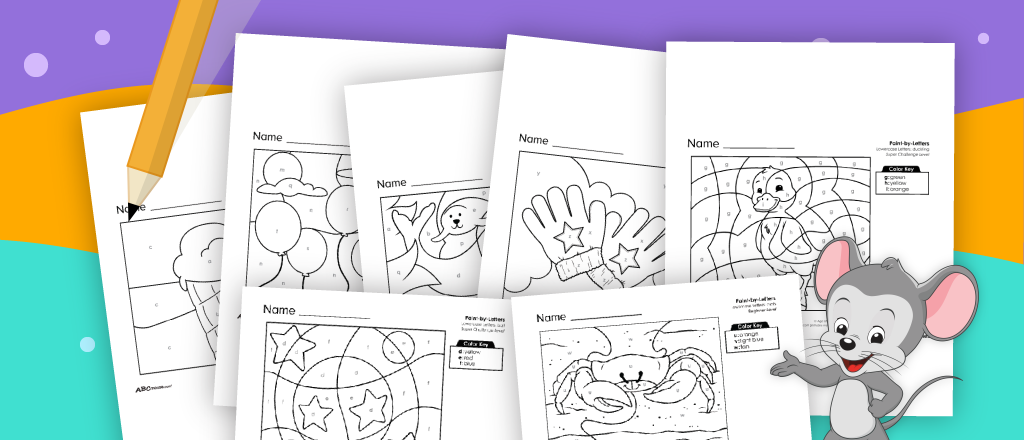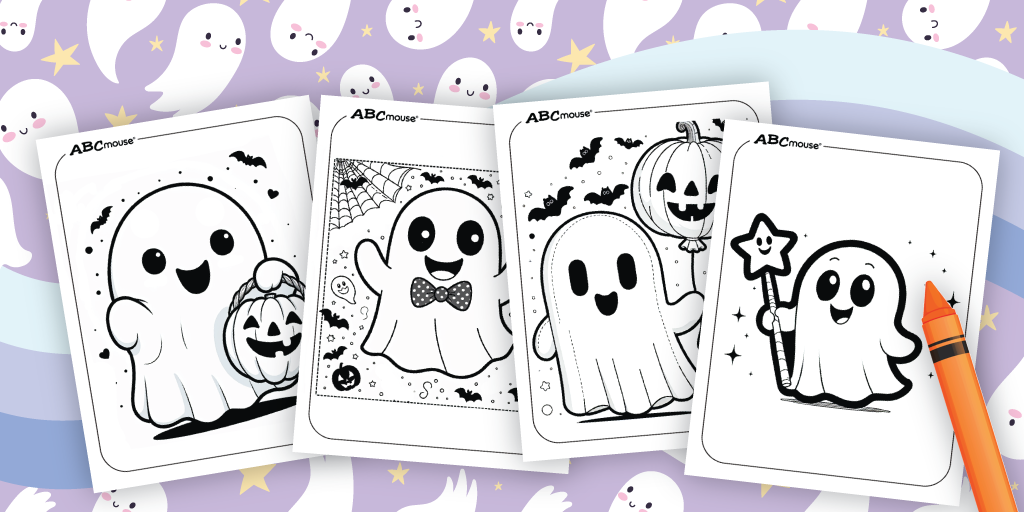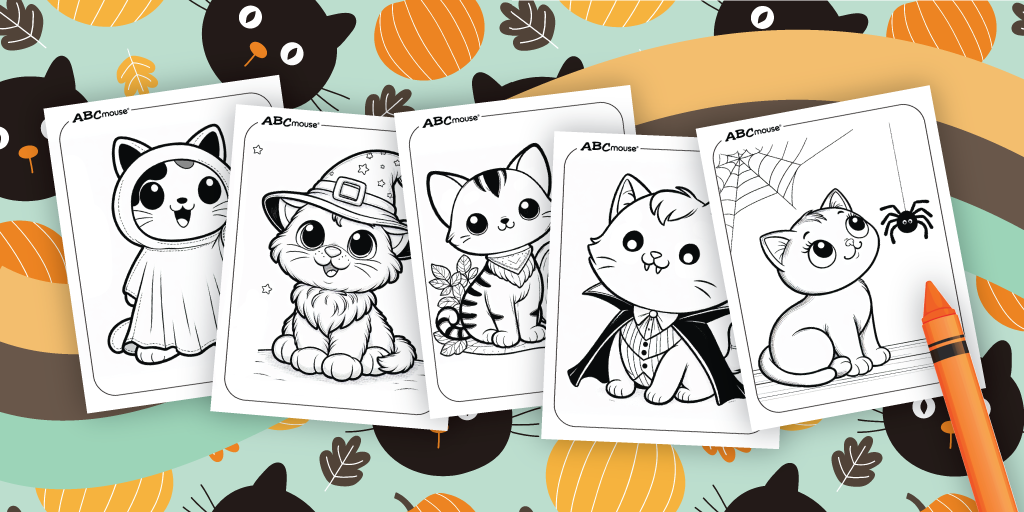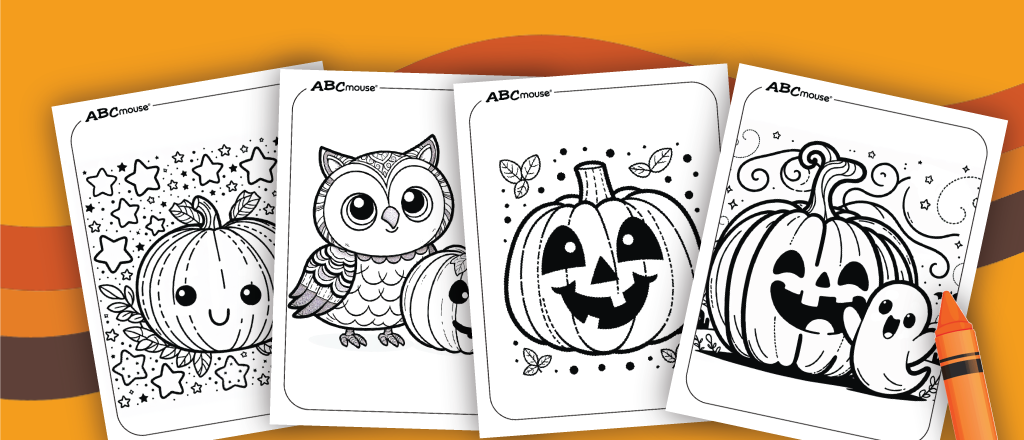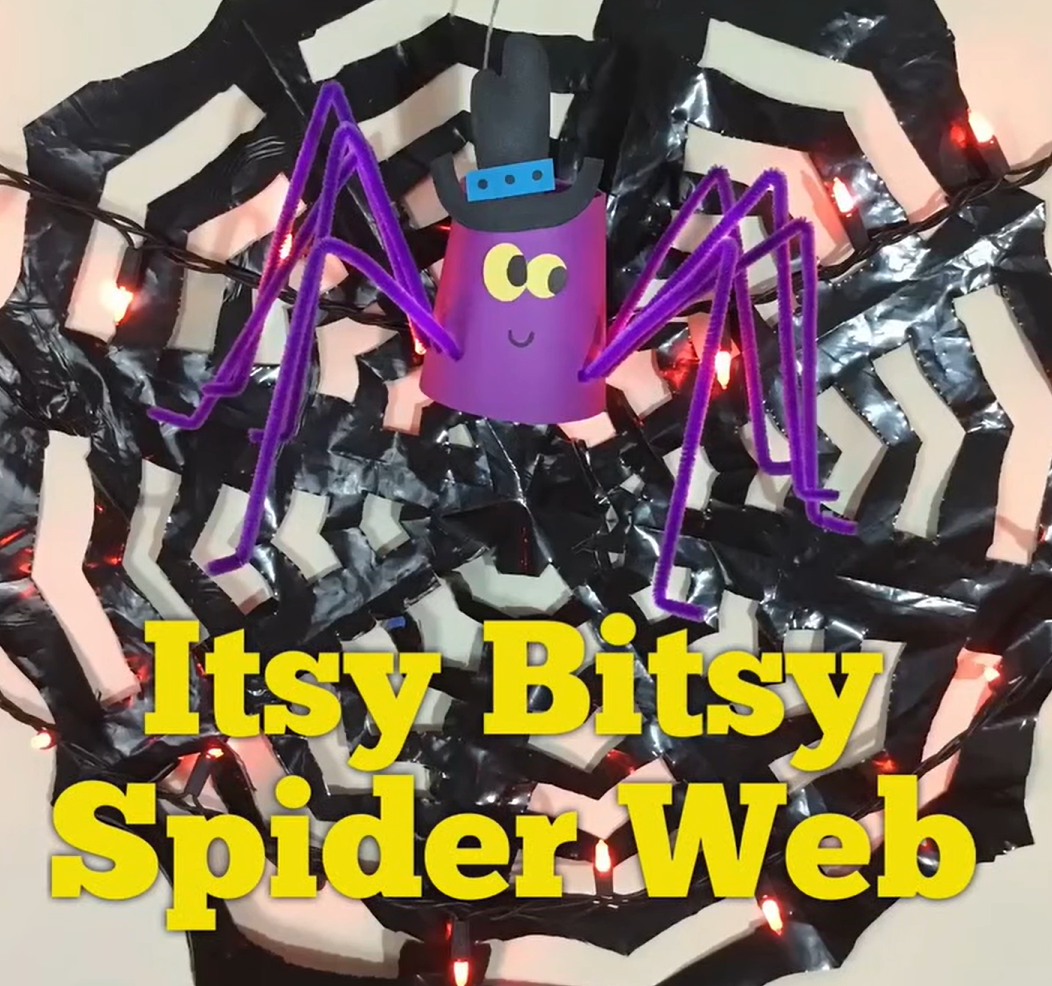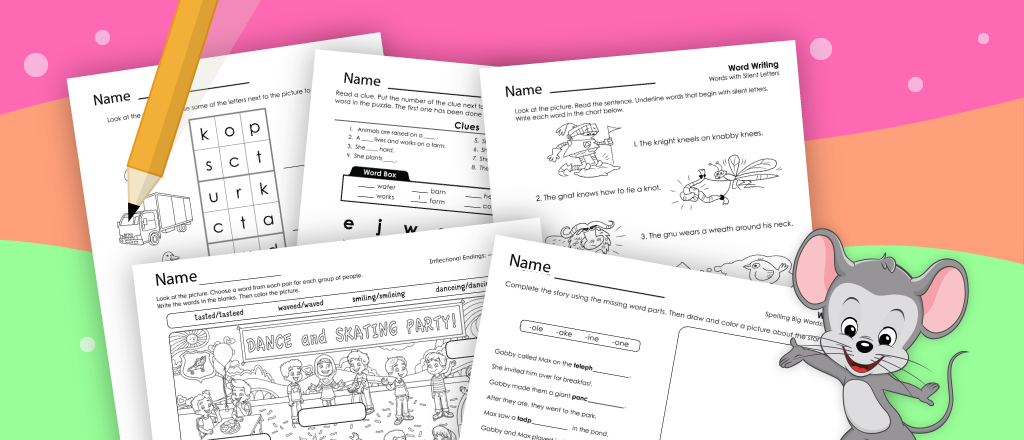40 Effective Literacy (Pre-Reading) Activities for Preschoolers
Varies
Share
Get your preschooler excited about reading with this comprehensive collection of literacy activities, including hands-on activities, songs, games, free printables, and more.
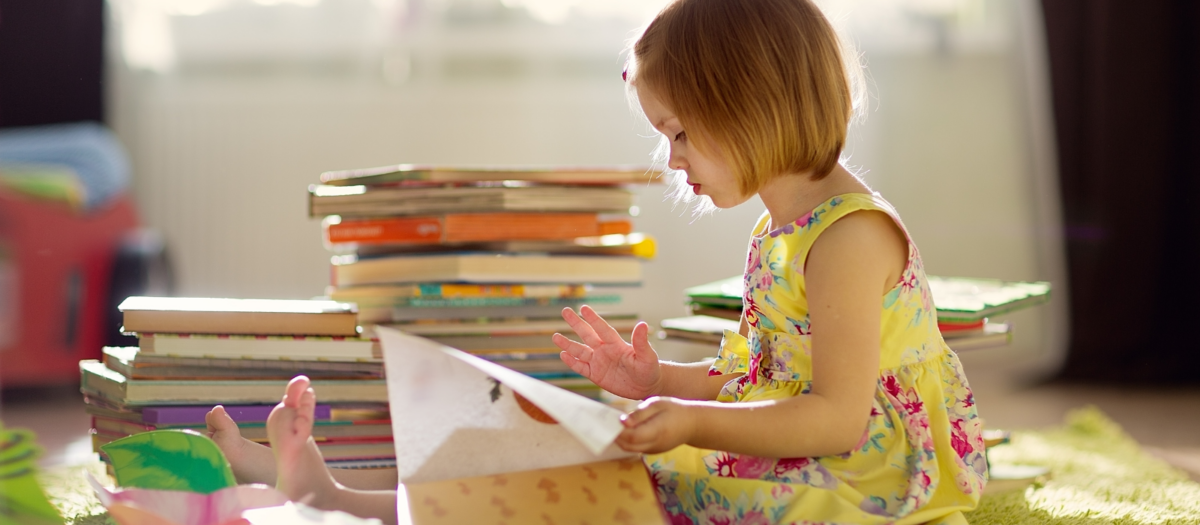
Table of Contents
Hands on Literacy Activities for Preschoolers
Literacy Songs for Preschoolers
Online Literacy Games for Preschoolers
Free Printable Literacy Activities for Preschoolers
Early Writing Activities for Preschoolers
Book Knowledge and Print Awareness Activities
Sequencing and Retelling Activities
Storytelling Activities for Preschoolers
Activities to Develop a Love of Reading
Learning to read is one of the most exciting and important parts of a child’s life. But pre-K kids don’t need to become fluent readers just yet. Instead, they should focus on pre-reading activities like mastering letters and the sounds they make. Here are a few fun literacy activities to try with your preschooler.
Hands-on Literacy Activities for Preschoolers
1. Dig Up Alphabet Beads
If you’ve got a sandbox or sand tray, this activity from Preschool Inspirations couldn’t be easier. (No sandbox? Fill a big bin with some sand instead.)
Simply bury some alphabet beads or magnets in the sand, then let kids dig them up.
Very young kids can just find the letters and name them with your assistance.

Older ones can put them in alphabetical order as they find them, and say the sounds they make out loud too.
2. Sand Box Writing
Help young children practice writing in the sand. Children can trace the shapes of letters with their fingers or use a stick to mimic the feel of a writing utensil.
This activity helps develop fine motor skills and hand-eye coordination, essential for writing. The tactile experience of drawing in the sand familiarizes children with the movements involved in forming letters.
Incorporating small objects like shells or pebbles can add an extra layer of engagement. Children can trace around these objects or use them to form letters and shapes, enhancing their creativity and sensory experience.
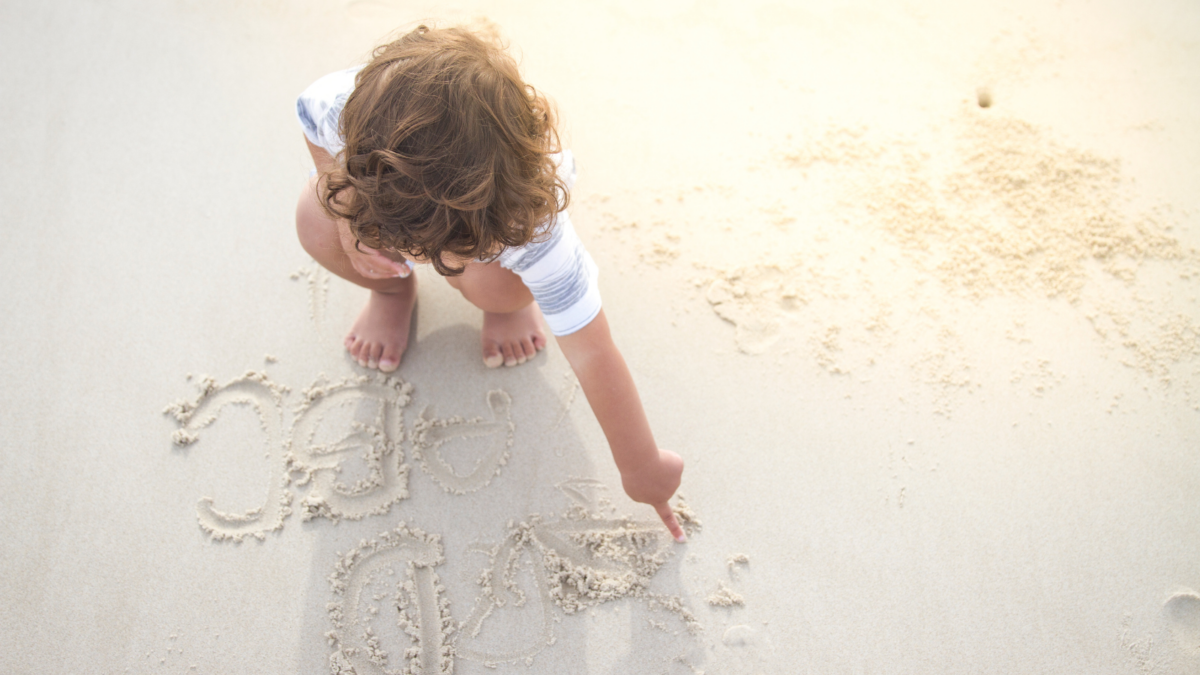
3. Play Alphabet Hide-and-Seek
Take a tip from Busy Toddler and try this fun pre-reading game.

Buy or make some alphabet letter cards. Then, hide them around your room, house, or yard.
For younger children, hang them in plain sight, then call out a letter for them to find.
They’ll get a kick out racing from one to the next. For older students, make the hiding places a little trickier, and see if they can find and reassemble the whole alphabet in a specified amount of time.
4. Circle Letter Hunt
Letter flashcards can be transformed into a fun and interactive learning activity with the help of a hula-hoop or a simple chalk circle.
Place a flashcard inside the hoop or circle, and challenge kids to find items that start with the letter on the card.
This scavenger hunt encourages children to think creatively and make connections between letters and objects in their environment. It also adds a physical element to learning, which can be particularly engaging for active learners.
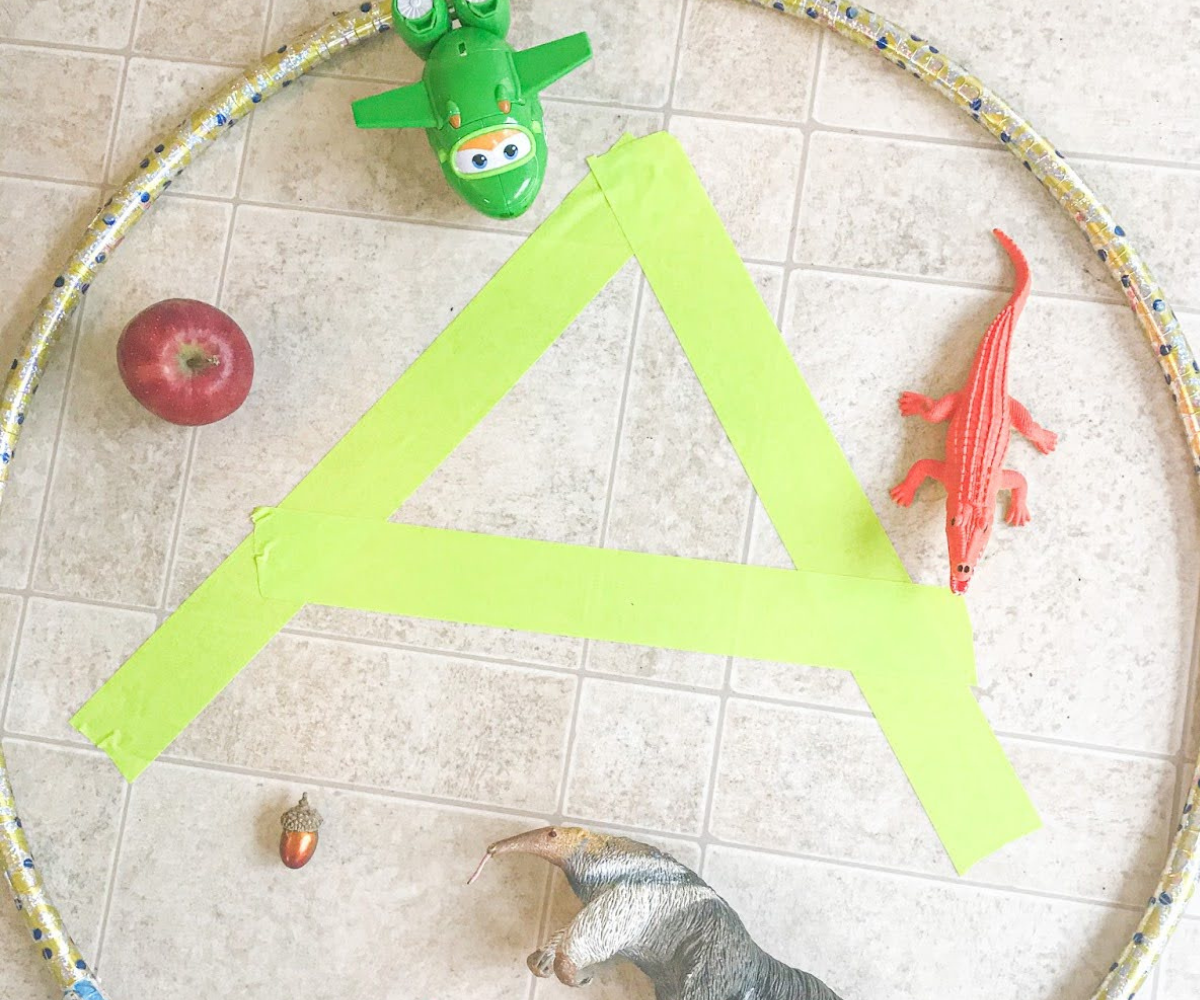
Taking this game outside makes it even more exciting. Draw circles on the ground with chalk and put a flashcard in each one.
Let your kids explore and find things that match the letters. This simple activity helps them learn letters while having a blast running around and using their imagination.
5. Mix Up a Bowl of Alphabet Soup
Follow the lead of Mom Inspired Life and drop a selection of alphabet beads or magnets into a bin of water.
Give kids spoons, tweezers, or other tools and ask them to pull out the letters one by one.
Name each letter, match uppercase with lower-case, say the sounds, and put letters in order.

Want to make this a little less messy? Simply mix up the letters in a big bowl (without the water) instead.
6. Sensory Bag
Make an on-the-go letter hunt sensory bag. Fill a large ziplock bag with rice or beans, and mix in some alphabet beads or magnets.
Seal the bag firmly with packing tape so little fingers can’t get inside, and let kids poke and prod to find the letters hidden within. You can try this with a plastic bottle too.
7. Make Name Bracelets
The first letters that many kids learn are those that make up their name.
This gives learning real meaning for them, so it’s a perfect place to start. Use alphabet beads to make name bracelets that kids can wear and use for practice.
8. DIY Name Puzzles
DIY name puzzles are a fun way for children to practice name and letter recognition using their own picture.
To create these personalized puzzles, gather large craft sticks (one for each letter of the child’s name), a printed picture, Mod Podge, a brush, tape, an Exacto knife, and a black Sharpie marker.
Line up and tape the sticks together, adjust the picture to fit, and apply a thin layer of Mod Podge to the sticks. Place the picture on top, cover it with another layer of Mod Podge, let it dry, then cut along each stick with the razor and write the letters of the child’s name on the bottom.
See more detailed instructions at Make, Take, and Teach. Children love seeing their own picture in the puzzle and enjoy the process of putting it together, which helps with letter recognition.
9. Go On a Letter Scavenger Hunt
One way to master the alphabet is to be on the lookout for letters everywhere you go.
One option, suggested by All About Letter Press, will make good use of the catalogs and junk mail filling up your recycling bin.

Arm kids with child-safe scissors, and let them cut out letters as they find them. They can focus on a single letter, or work to assemble the whole alphabet. Glue them onto colorful paper to make collages.
10. Photo Letter Hunt
Take advantage of children’s natural interest in technology by letting them use your phone to take pictures of letters they find while out and about.
These can be actual letters printed on signs or items that resemble letters. Kids will love the challenge of finding and photographing each letter!
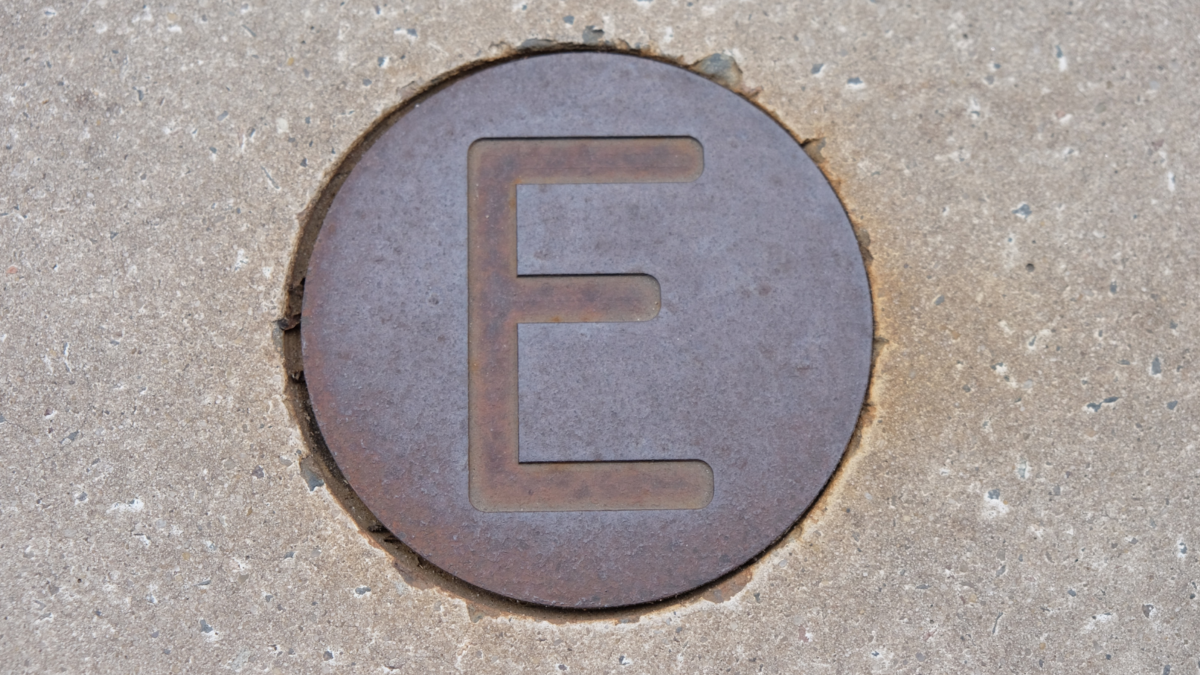
11. Toss Letter Balls Into Matching Buckets
Use ping pong balls, or slightly larger bouncy balls like shown at Some Day I’ll Learn.
Then, set up small plastic or metal buckets labeled with matching letters (try using uppercase on one and lowercase on the other for more advanced kids).

Then, let kids see if they can toss the balls into the correct bucket. Wee ones can also just walk up and drop the balls into the right one, if you like.
12. Letter Ball Toss
Pick one ball and play catch with your child. As you toss the ball, say the name of the letter. As they catch it, they should say the sound the letter makes.
Then they toss it, saying the letter name, while you catch and say the sound. Repeat as long as you like, then move on to another letter.
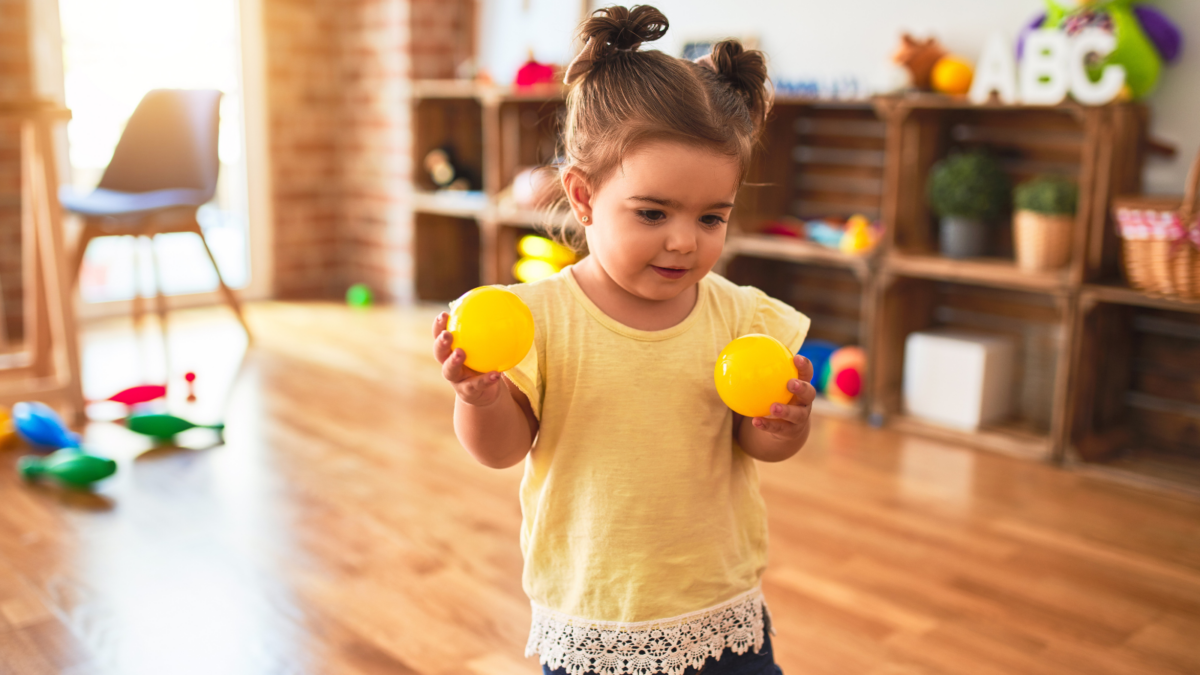
13. Play ABC Go Fish
Use a few sets of alphabet flashcards to play Go Fish, working to make letter matches.

Add to the complexity by matching upper and lowercase letters, or asking for letters by the sound they make instead of their names.
Thanks to How Wee Learn for this easy idea.
14. Change Up the Classics
Put an alphabet spin on other classic games. For tic-tac-toe, have kids choose a letter other than X or O to represent them.
Label a hopscotch board with letters instead of numbers, and say the sounds they make as you jump along.
Run a relay race where kids must race to the end of a course, pick up the next alphabet block in order, then run back. The opportunities are endless!
15. ABCmouse Story Time: The Tortoise and the Hare
In addition to sharing story time yourself with your child each day, try read-aloud videos like this one to give little ones even more book exposure. Find more stories on ABCmouse’s channel here.
Literacy Songs for Preschoolers
Songs often have rhymes and repeated phrases. This helps kids notice different sounds and syllables, which are important for reading. Music also introduces new words in a fun way, helping kids understand and use language better. Catchy tunes and rhythms make it easier for them to remember and use new words.
16. Alphabet Adventures: ABCmouse Letter Shorts Collection
Use these brief video shorts when you need a quick learning activity for your toddler. These are great for learning on the go!
Each video focuses on one letter and brings it to life with fun characters. The catchy tunes and animations make learning exciting while kids enjoy discovering the shapes and sounds of letters.
17. Mega Alphabet Song Compilation
Singing songs is one of the best ways to learn the alphabet. This huge mix of songs teaches kids to recognize the letters of the alphabet and connect them with the sounds they make.
Online Literacy Games for Preschoolers
18. Alphabet Bubbles
Try out this free letter A bubble pop game from ABCmouse.
Letter recognition is a crucial first step to literacy for your child. When they recognize letters, they learn that each one has a unique shape and sound, which is essential for reading and writing.
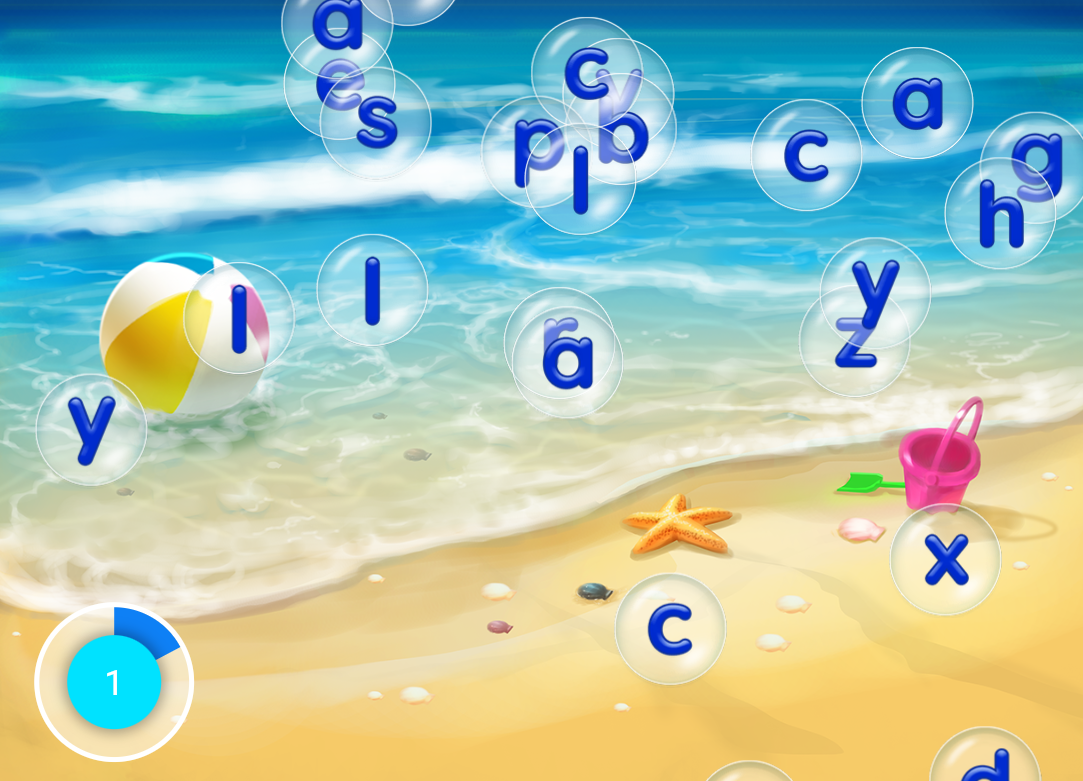
19. Frog Feeder
Grab the flies carrying the right letters and make your hungry frog happy! This game provides an engaging, interactive way to work on letter recognition.
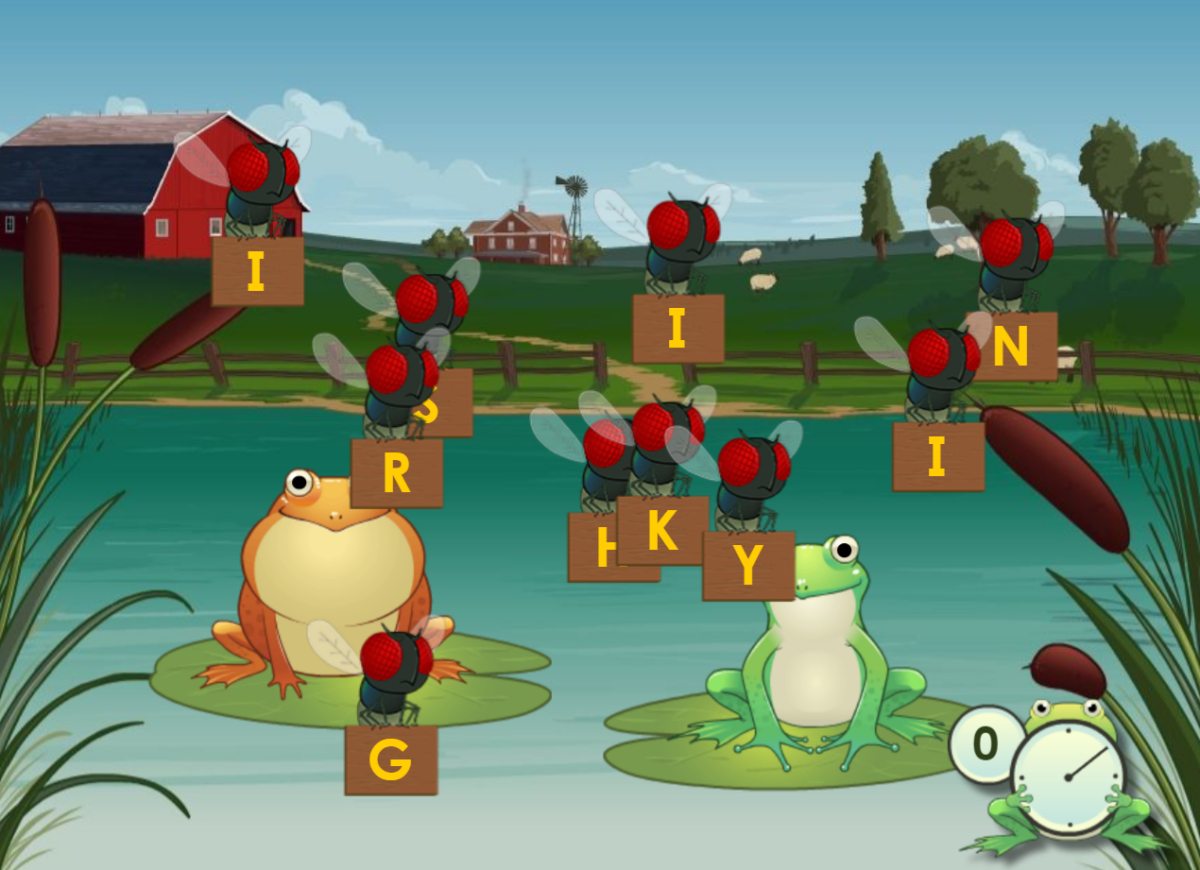
20. Z is for Zebra
Match pictures of animals with the letters they start with in this fun game that’s great for learning beginning letter sounds.
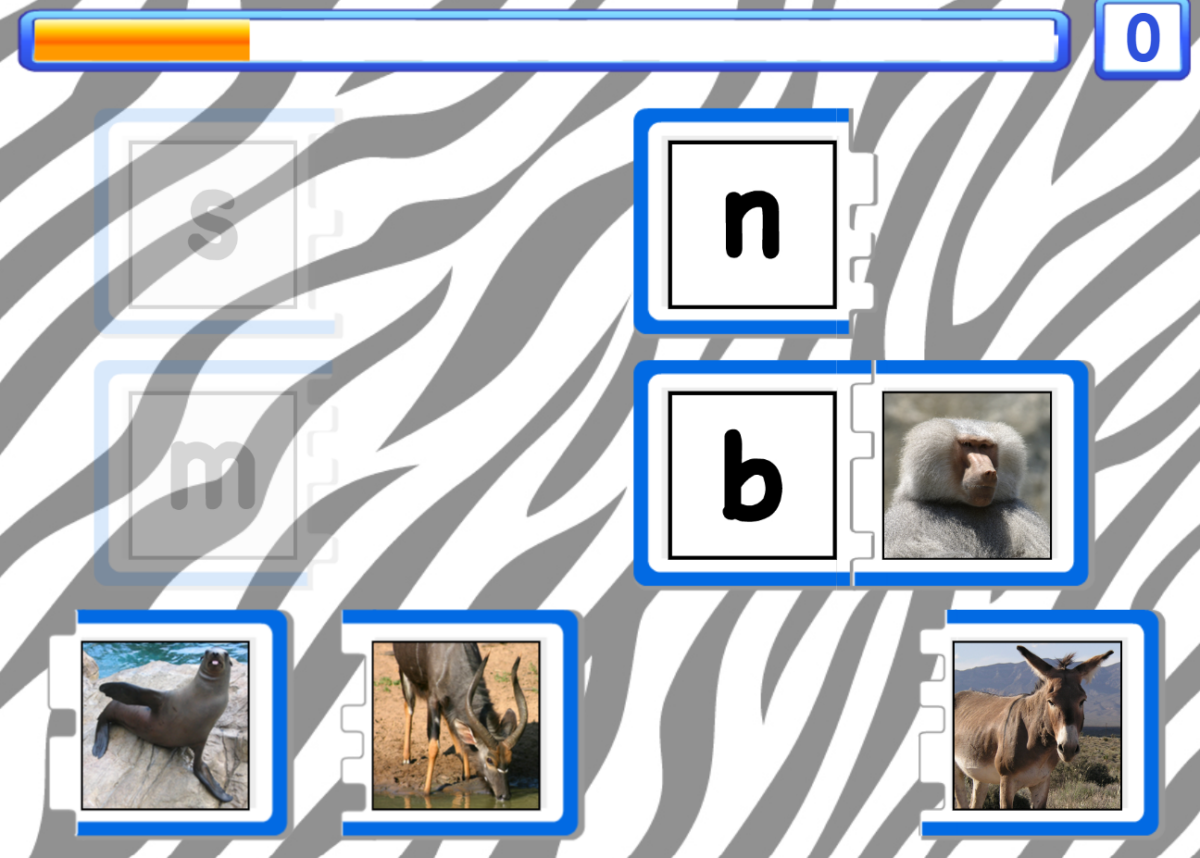
21. Mountains ABC Memory Match
Head to the mountains to find pairs of matching items that start with the same letter sound. Kids get beginning-sound practice and sharpen their memory skills too.

22. Alphabet Bubble Burst
Alphabet Bubble Burst helps preschoolers develop literacy skills by practicing phonics and letter recognition.
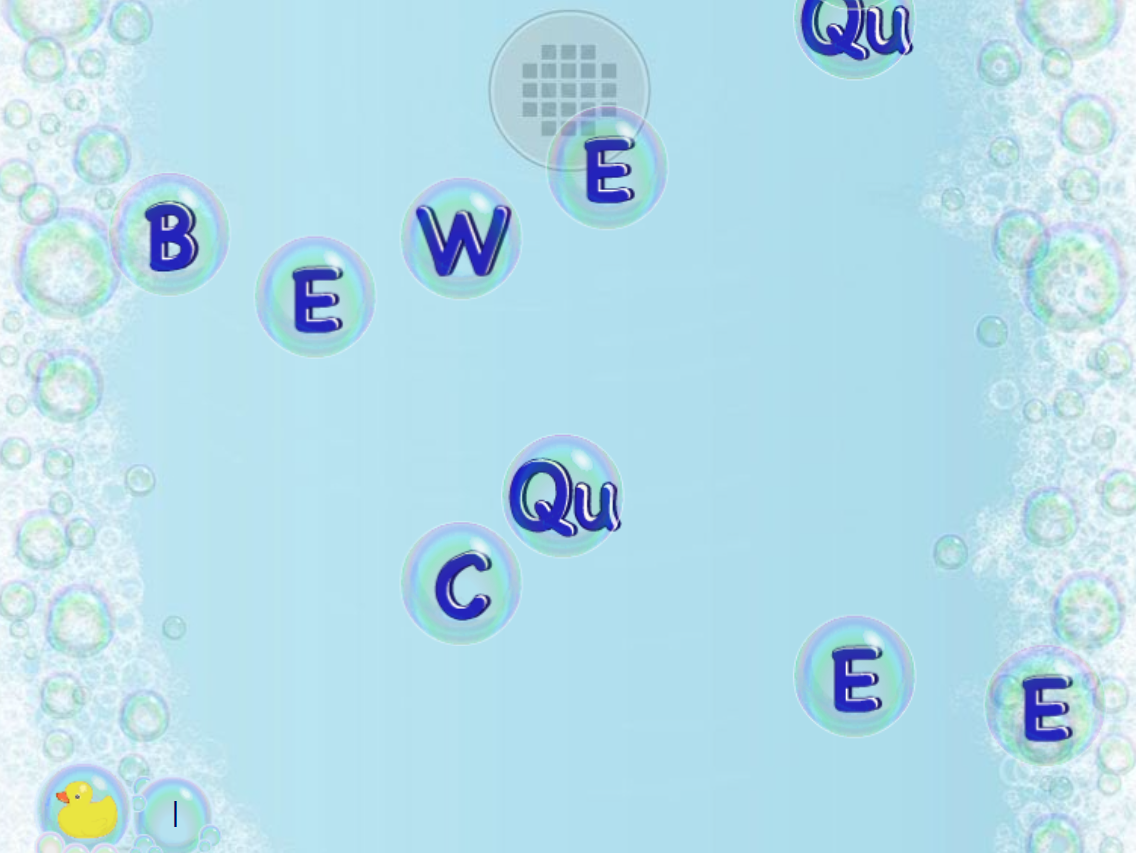
Children pop bubbles based on the sounds of letters. This game reinforces alphabetical order and helps kids become familiar with letter shapes and names.
Free Printable Literacy Activities for Preschoolers
23. Reading Worksheets for Preschoolers
This free bundle of worksheets includes printables for practicing a variety of preschool literacy skills. Here’s what you get:
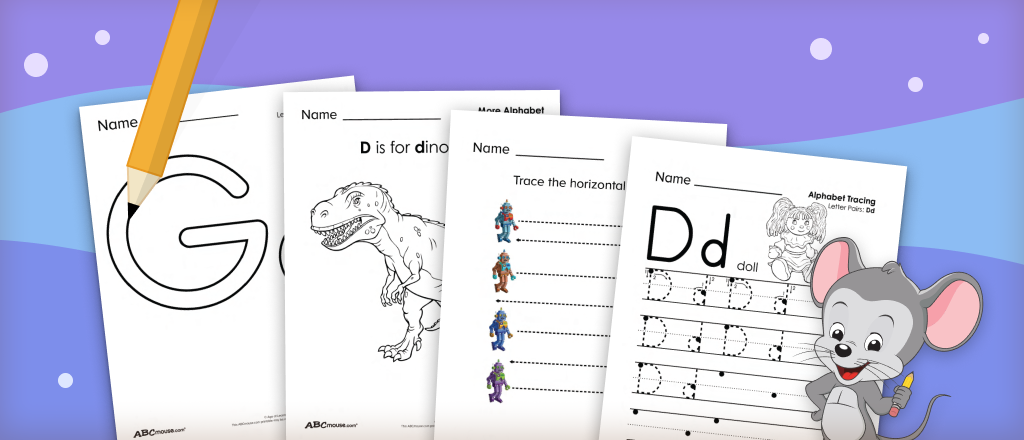
- Tracing Lines Worksheets: Trace lines and curves in preparation for learning to write letters.
- Letter Coloring Worksheets: Color in the upper and lowercase letters, or fill them with stickers for a fun twist.
- Color by Letter Worksheets: Practice letter recognition while creating colorful pictures.
- Alphabet Pictures Coloring Pages: One page or more for every letter of the alphabet. Put them together to create your own coloring book!
- Letter Tracing Worksheets: Trace the letters with fingers first, then use a crayon or pencil.
24. Free Printable Reading Charts
Record the books you read together with these fun charts. Some of the charts track the number of books your child has read, while others offer reading challenges that you and your toddler can tackle together!
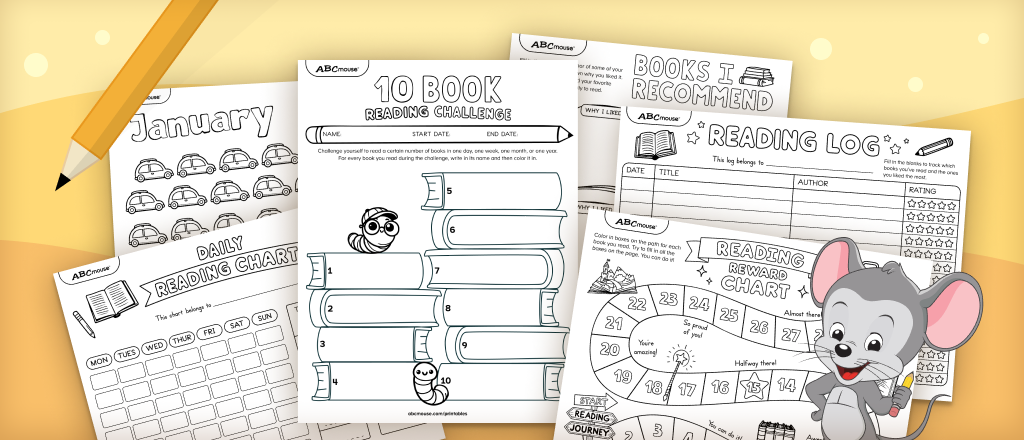
25. PreK Sight Words Worksheets
Sight words are those words that children encounter the most in books and learn to quickly recognize by learning their sounds and patterns.
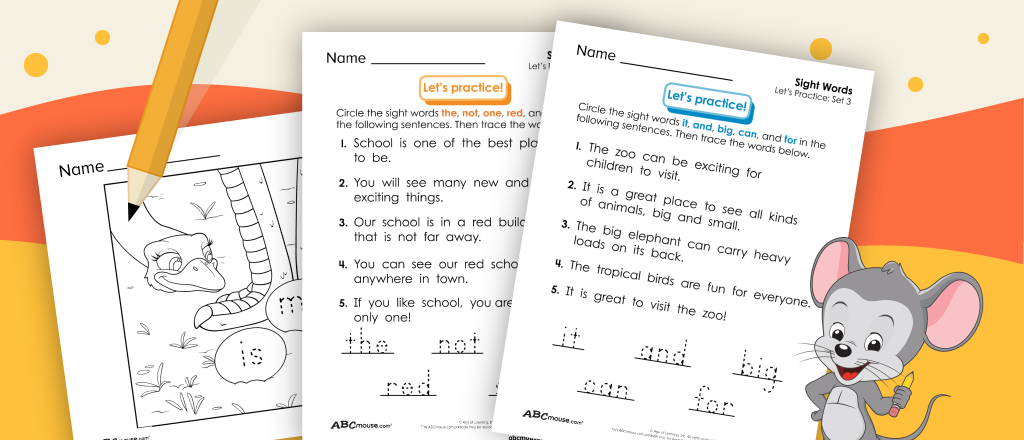
They’re not a requirement for preschoolers, but if your child is making good strides with their other literacy skills, you can add these into the mix.
Early Writing Activities for Preschoolers
26. Lines and Curves
Use playdough or pipe cleaners to practice forming shapes and curves, the basic components of letters.
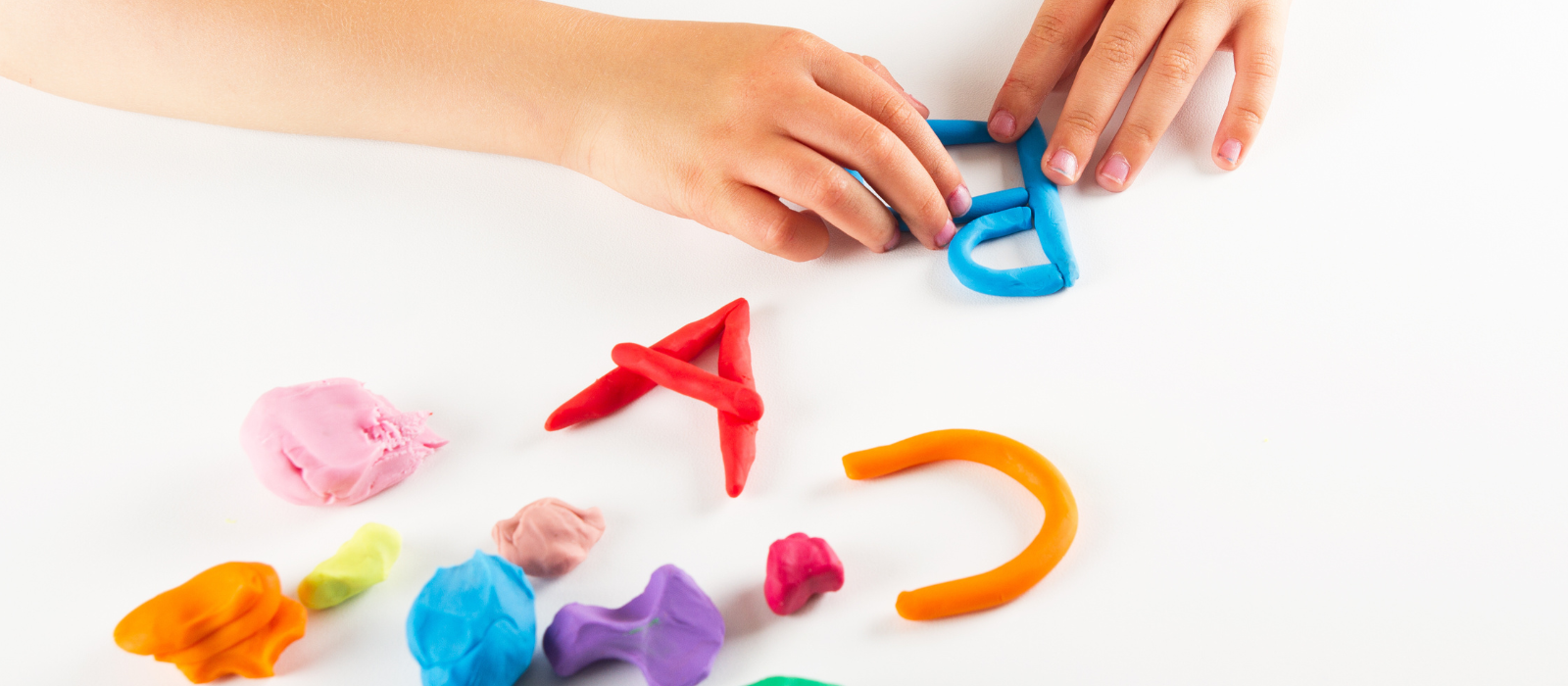
Experiment with putting together the lines and curves in different combinations to see what letters appear.
27. Shaving Cream Letters
Kids love this one! Spread shaving cream (whipped cream works, too) on a tray, then let kids use their fingers to trace out shapes and eventually letters.
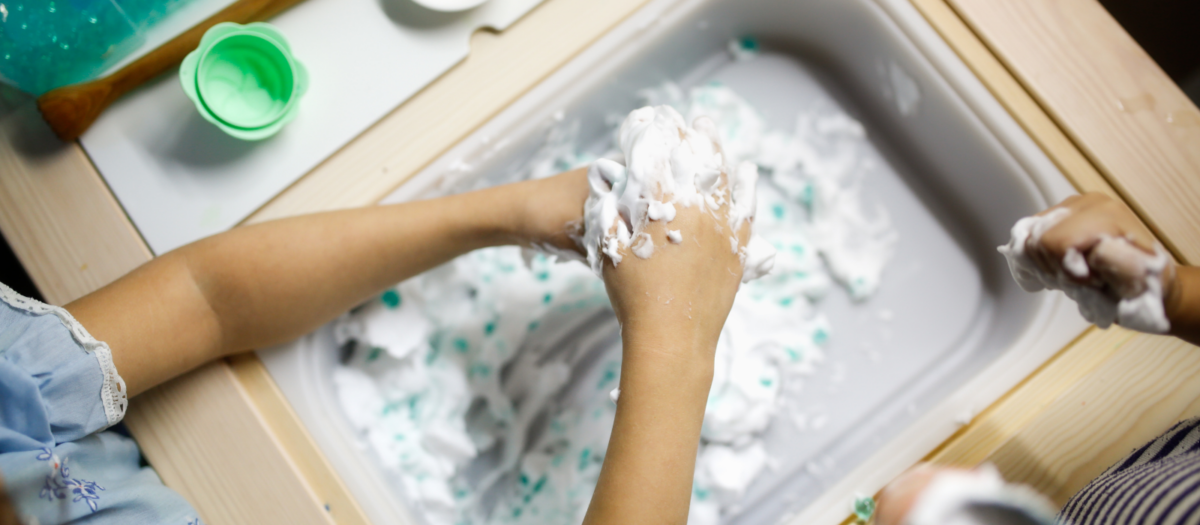
28. Rainbow Letters
Fill a page with a single letter repeated multiple times in different colors. Make it even more interesting by mixing up the writing tools, using crayons, markers, chalk, colored pencils, and more.
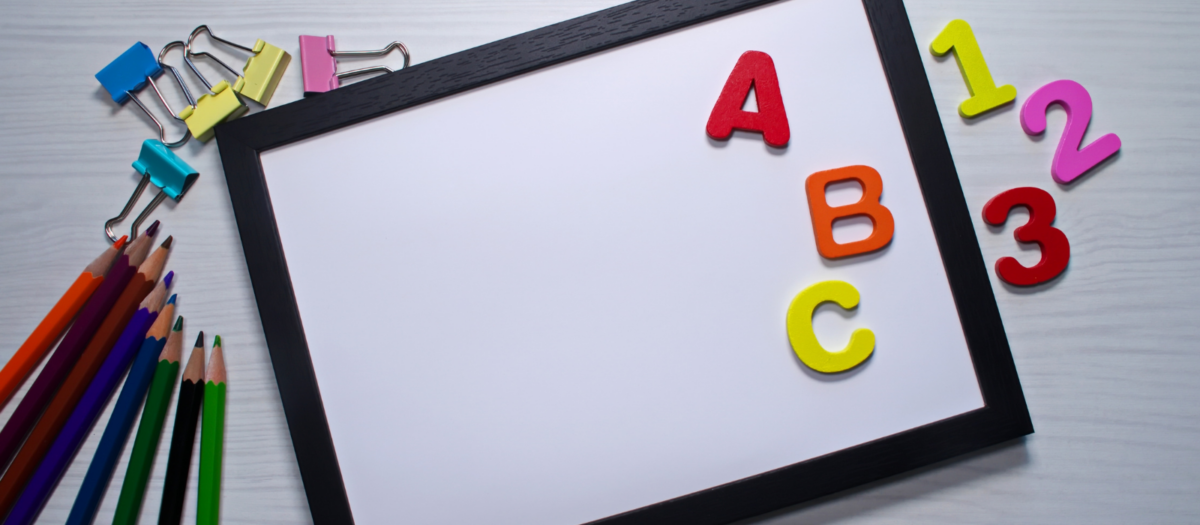
Book Knowledge and Print Awareness
29. Name the Parts
Ask your child to point out and name various parts of a book, like the front cover, back cover, pages, title, author’s name, and more. Learn more about Print Awareness here.
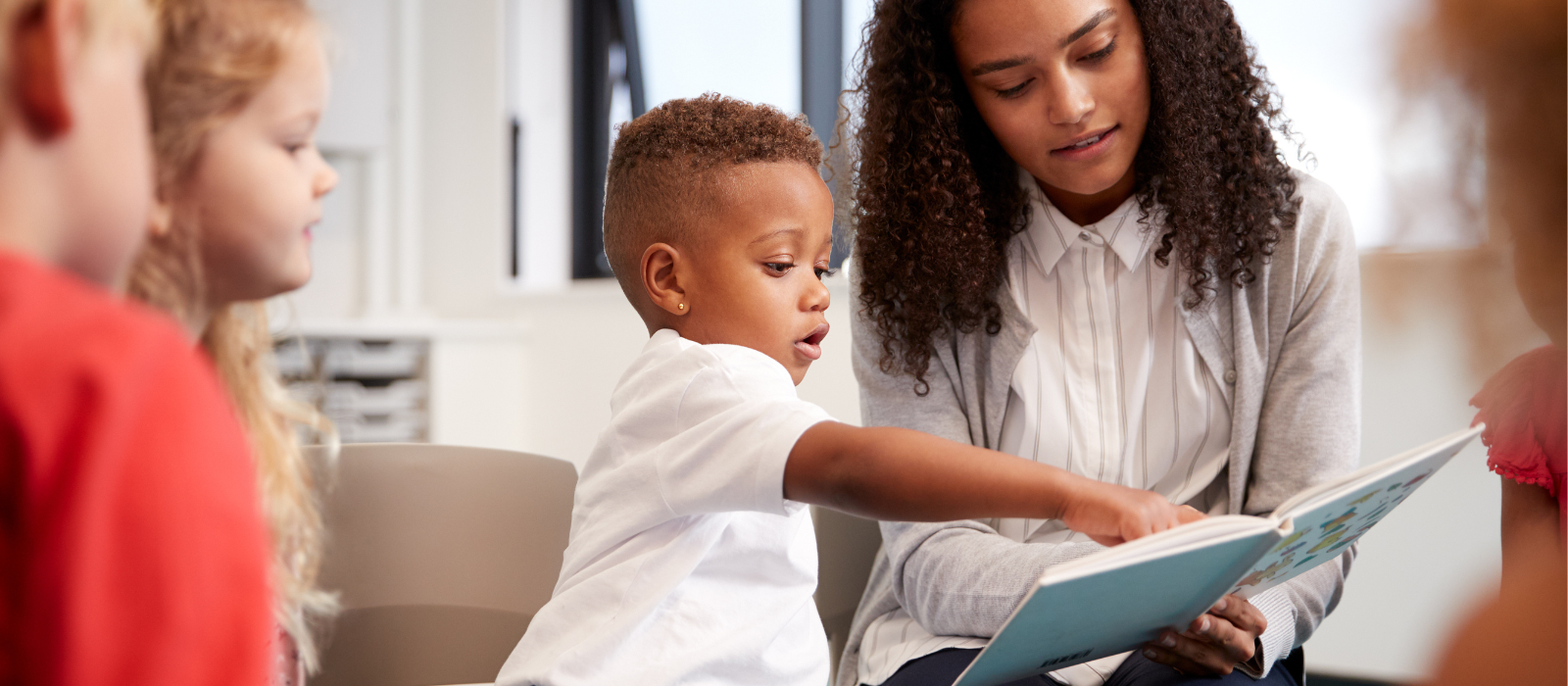
30. Backwards Books
What happens if you read a book starting on the last page instead of the first? Or read the sentences from bottom to top, or right to left?
Kids will giggle at the results, but it helps to drive home the way books (in English) are assembled and meant to be read.

31. Library Day
Make it a habit to frequently visit the library to see the wide selection of books that are available.
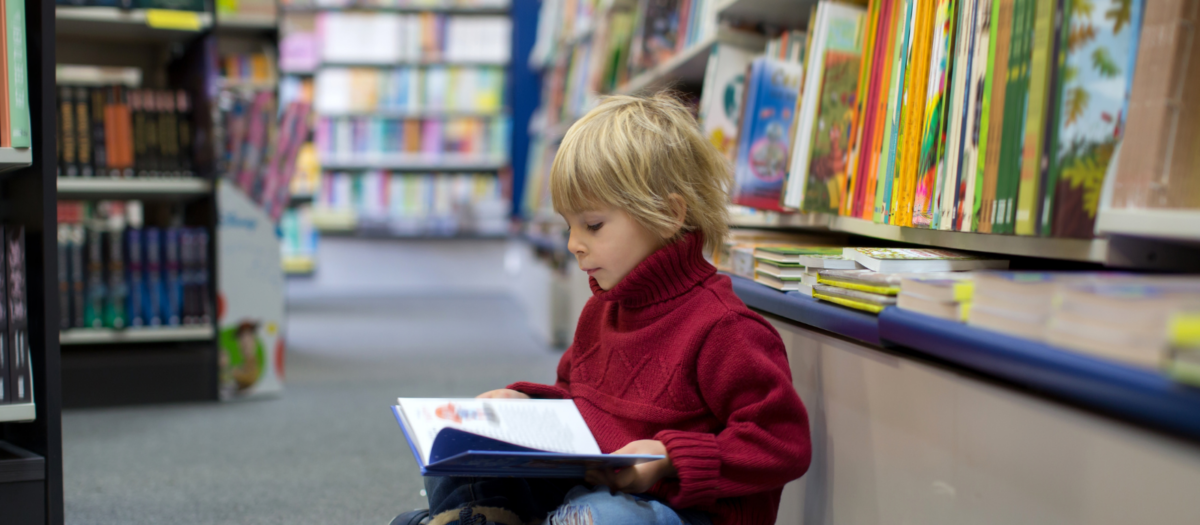
Show your child everything the library has to offer, including books they won’t be ready for until they’re older as well as other resources like computers, magazines, videos, and more.
Sequencing and Retelling Activities
32. Draw the Tale
Have your child illustrate scenes from a story you’ve just read. Then they can use those pictures to retell the story to someone else.
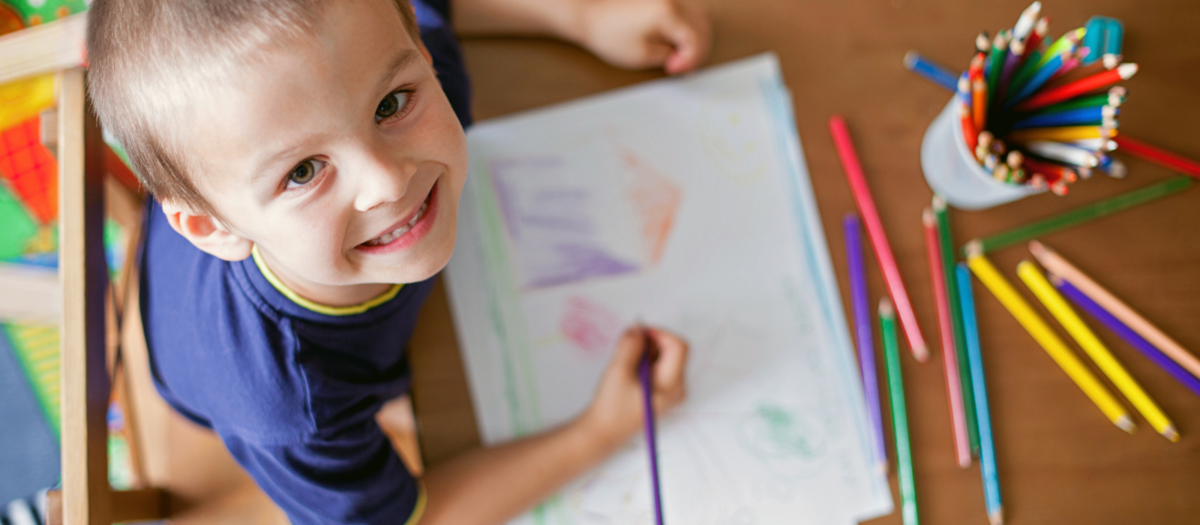
33. Act It Out
Use finger puppets, stuffed animals, and toys to put on short plays inspired by the stories you and your preschooler have read together. Even better, act out the roles yourselves!
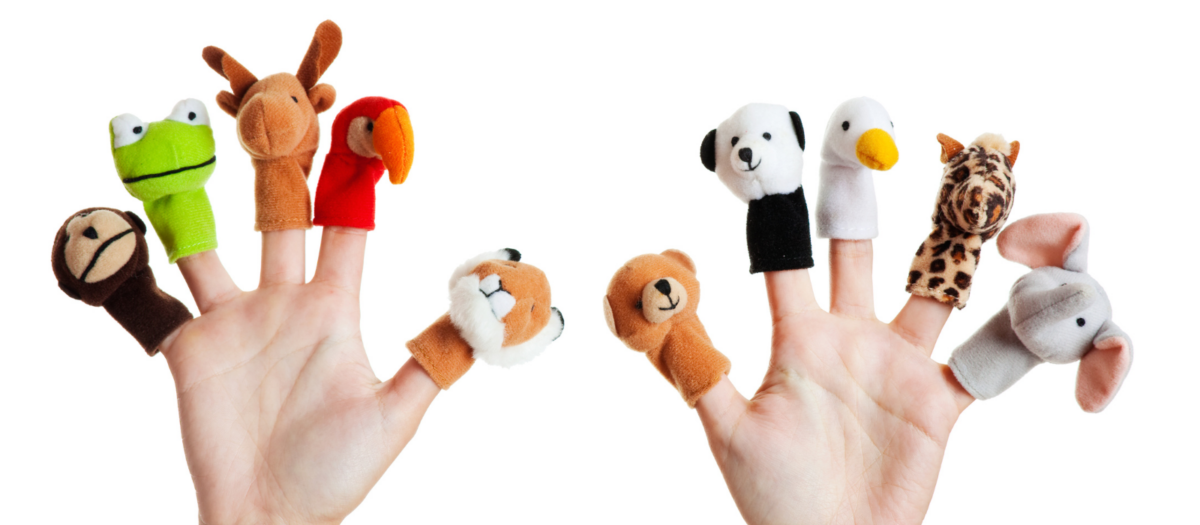
34. How to Do It
Ask your child to give you directions on how to do a simple task (brush your teeth, make a sandwich, etc.), encouraging them to use words like “first, then, next, last.”

Storytelling Activities for Preschoolers
35. How Was Your Day?
A simple conversation about what you did during the day is a great way to help kids practice sequencing and describing events. Encourage them to use lots of interesting details to recall everything they did throughout a day.

36. What Comes Next?
As you’re reading a new storybook together, stop frequently and ask your child what they think will happen next. You can also ask them to create a new ending for the story when you’re done.
37. Make a Book
Staple some blank pages together to make a book. Ask your child to tell you a story they’ve made up, writing some of the text on each page. Then, have them add pictures to illustrate their tale. Invite them to proudly share their book with family and friends!
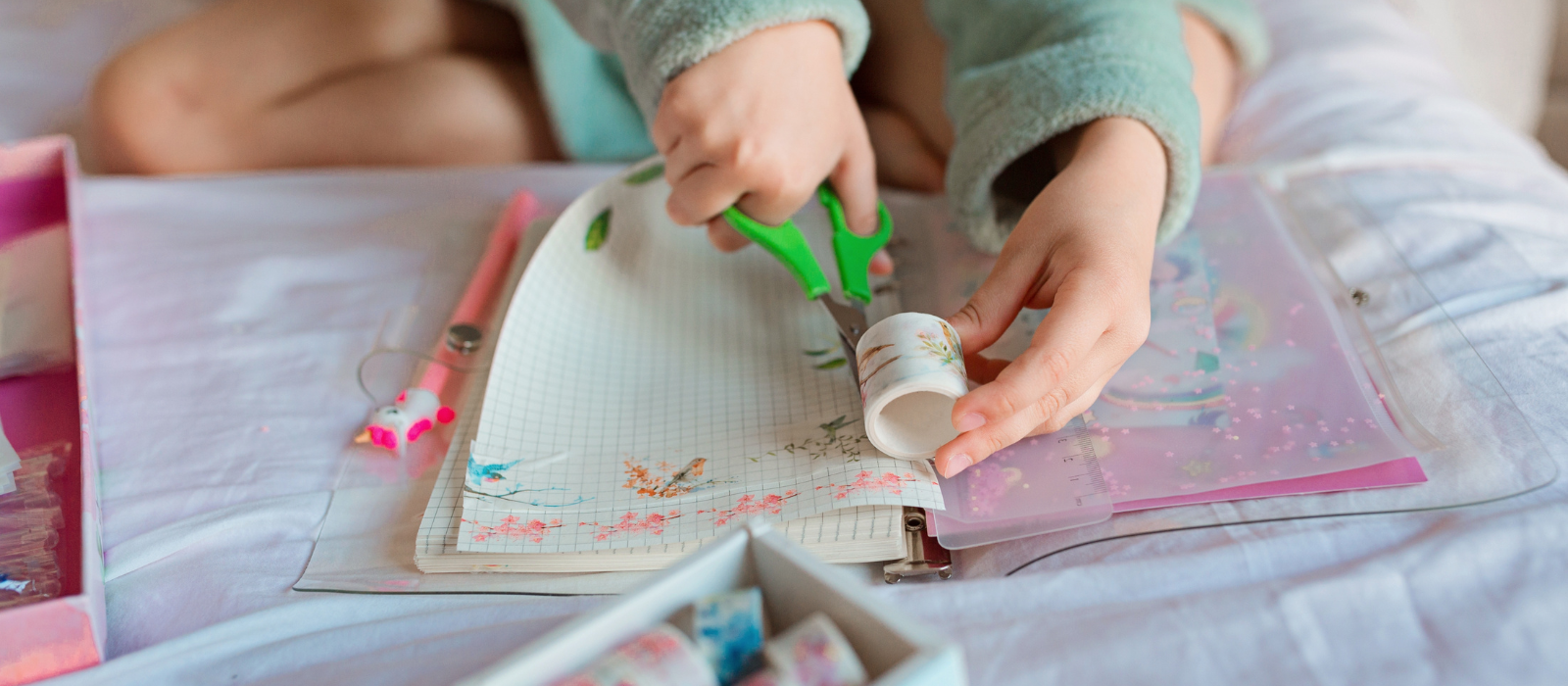
Activities to Develop a Love of Reading
38. Book Nook
Set up a special place in your home that’s just for reading. Decorate it with lights, comfy pillows and blankets, and a few special stuffed animals.
Join your child there for storytime, and leave a stack of new books there regularly for them to explore on their own.
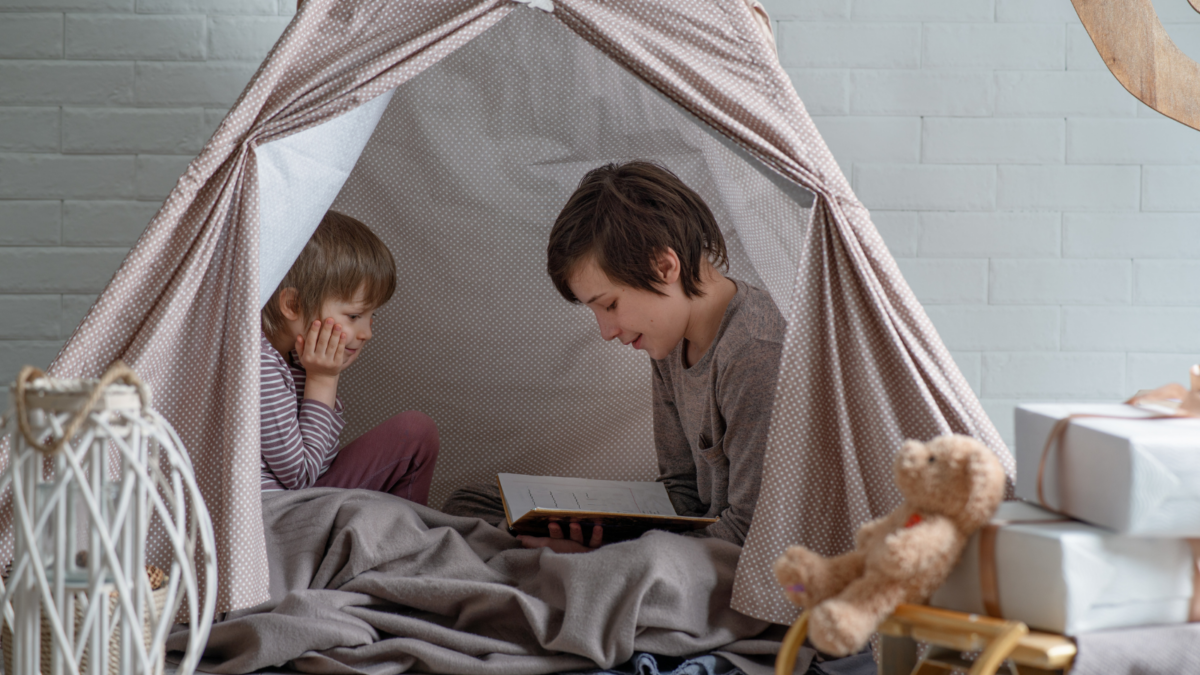
39. Offer Choice
Let your child choose the kinds of books they’d like to read together, even if they seem a little silly or repetitive to you. At this age, all reading is worthwhile.
40. Share the World
While letting your child choose their reading material is important, it’s also important to expose your child to new types of books regularly, so they can learn what’s available.
Include fiction, non-fiction, and poetry in your selections, from genres like mystery, sci-fi, fantasy, and more. Be sure to explore diverse authors and topics, too.

What Literacy Skills Does a Preschooler Need?
Preschool is about preparing your child to learn how to read and write. As young children begin to develop an appreciation for and understanding of the written word, these are the skills they need:
- Early Phonics: After learning letter recognition and letter-sound correspondence, kids this age can develop phonemic awareness, the understanding that words are made up of individual sounds and those sounds relate to letters.
- Tracing Letters: Preschoolers don’t necessarily need to write on their own yet, but they should begin tracing the shapes of the letters using their fingers. Eventually, you can show them the proper way to hold a writing tool, and let them use pencils or crayons to trace letters as well.
- Book Knowledge: Exposure to books helps kids see how they work; for instance, that in English we read from left to right, top to bottom.
- Sequencing and Retelling: Kids should be able to grasp the idea of beginning, middle, end in a story, and retell short tales in their own words.
- Imaginative Storytelling: Encourage creativity by inviting kids to make up their own endings to stories, or letting them create an entirely new story all on their own.
- Love of Reading: Make books a part of everyday life, and encourage little ones to find and explore books they enjoy.
Literacy Activities with ABCmouse
ABCmouse’s reading program was designed by experts to help children build literacy skills starting in preschool. Interactive online lessons, games, videos, songs, and more activities engage kids in the process right from the start. Books, worksheets, and other offline activities support and enhance your child’s learning. Find out more about the ABCmouse reading program and join today!

Legal Disclaimer: Any information, materials, or links to third-party resources are provided for informational purposes only. We are not affiliated with and do not sponsor/endorse these third parties and bear no responsibility for the accuracy of content on any external site.
Related Activities
-
Color by Letter Worksheets
Engage your preschooler or kindergartener in letter recognition with our free printable color-by-letter worksheets. These fun activities help children match colors to letters, revealing hidden pictures…
-
Ghost Coloring Pages
Explore our collection of free Halloween ghost coloring pages, perfect for kids of all ages! Featuring friendly and fun designs, these printables are ideal for Halloween…
-
Halloween Cat Coloring Pages
Download and print free Halloween cat coloring pages! Fun and festive designs for kids of all ages, plus creative activities to make Halloween extra special.
-
Pumpkin Coloring Pages
Get kids excited for Halloween with our free printable pumpkin coloring pages! Perfect for parties, playdates, or a creative day at home, these pages range from…
-
Itsy Bitsy Spider: Halloween Craft
Create a spooky yet playful Halloween decoration with this Itsy Bitsy Spider craft for kids. Using simple materials like a trash bag, cup, and pipe cleaners,…
-
Free Printable Spelling Worksheets
Explore a variety of free, printable spelling worksheets designed for kindergarten and first-grade students. These worksheets cover topics like silent letters, letter blends, and word endings.…


